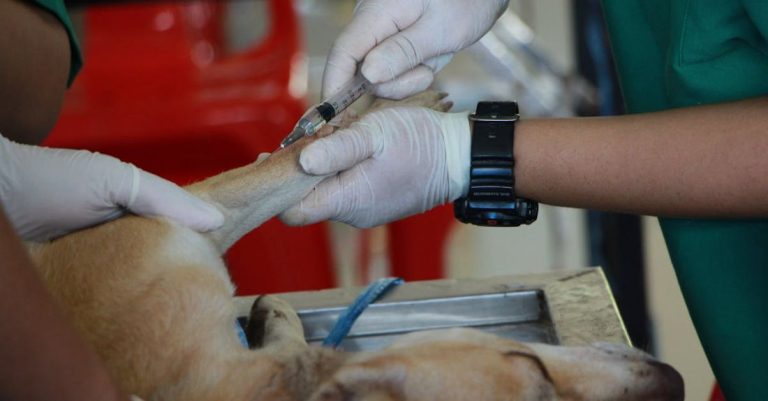
Exotic pets have become increasingly popular among animal enthusiasts. From reptiles to small mammals, owning an exotic pet can be a rewarding experience. However, one crucial aspect of caring for an exotic pet is providing the right enclosure. The enclosure serves as the pet’s home, providing them with a safe and comfortable environment to thrive in. With so many options available in the market, choosing the right enclosure for your exotic pet can be a daunting task. In this article, we will explore the key factors to consider when selecting an enclosure for your exotic pet.
Understanding Your Exotic Pet’s Needs
Before purchasing an enclosure for your exotic pet, it is essential to understand the specific needs of your pet species. Different exotic animals have varying requirements when it comes to space, temperature, humidity, and lighting. For example, reptiles such as snakes and lizards require enclosures with proper heating elements to maintain the right temperature gradient. In contrast, small mammals like sugar gliders need spacious enclosures with plenty of vertical space for climbing and exercise.
Researching your exotic pet’s natural habitat can provide valuable insights into the type of enclosure they need. Consider factors such as substrate, hiding spots, and ventilation to create a habitat that closely mimics their natural environment. By understanding your exotic pet’s needs, you can ensure that the enclosure you choose will support their physical and psychological well-being.
Size Matters: Choosing the Right Enclosure Size
When selecting an enclosure for your exotic pet, size is a critical factor to consider. The enclosure should provide enough space for your pet to move around, explore, and exhibit natural behaviors. A cramped enclosure can lead to stress, behavioral issues, and health problems in exotic pets. Before making a purchase, research the recommended enclosure size for your pet species based on their size and activity level.
For reptiles, the enclosure size should allow for adequate basking areas, hiding spots, and room to stretch out fully. Arboreal species like chameleons and tree frogs require vertically oriented enclosures with branches and plants for climbing. Small mammals such as hedgehogs and ferrets need enclosures with multiple levels and tunnels for enrichment.
Material and Design Considerations
The material and design of the enclosure play a crucial role in providing a safe and secure environment for your exotic pet. When choosing an enclosure, opt for materials that are non-toxic, easy to clean, and provide proper ventilation. Glass terrariums are popular for reptiles and amphibians, as they offer good visibility and heat retention. Plastic or wire cages are suitable for small mammals and birds, providing adequate airflow and visibility.
Consider the design of the enclosure in relation to your pet’s species-specific needs. Enclosures with secure locks are essential for escape-prone animals like snakes and rodents. For burrowing species, choose enclosures with deep substrate layers to accommodate their natural digging behaviors. Additionally, consider the ease of access for cleaning and maintenance when selecting an enclosure design.
Environmental Control and Lighting
Maintaining the right environmental conditions is crucial for the health and well-being of your exotic pet. Depending on your pet species, you may need to provide supplemental heating, lighting, and humidity control in the enclosure. Reptiles like bearded dragons and geckos require UVB lighting to support proper calcium metabolism and prevent metabolic bone disease. Amphibians such as dart frogs need high humidity levels to thrive.
Investing in quality heating elements, thermometers, hygrometers, and lighting fixtures is essential to create a stable and comfortable environment for your exotic pet. Ensure that the enclosure allows for easy installation of these environmental control devices and that they are positioned correctly to meet your pet’s specific needs.
Conclusion
Choosing the right enclosure for your exotic pet is a crucial decision that requires careful consideration of your pet’s species-specific needs, enclosure size, material, design, and environmental control requirements. By understanding your pet’s natural habitat and behaviors, you can create a safe and enriching environment that promotes their overall well-being. Remember to regularly assess and adjust the enclosure conditions to ensure that your exotic pet remains healthy and happy in their new home. A well-designed and appropriately sized enclosure will not only benefit your pet but also enhance your enjoyment of caring for and interacting with your exotic companion.





